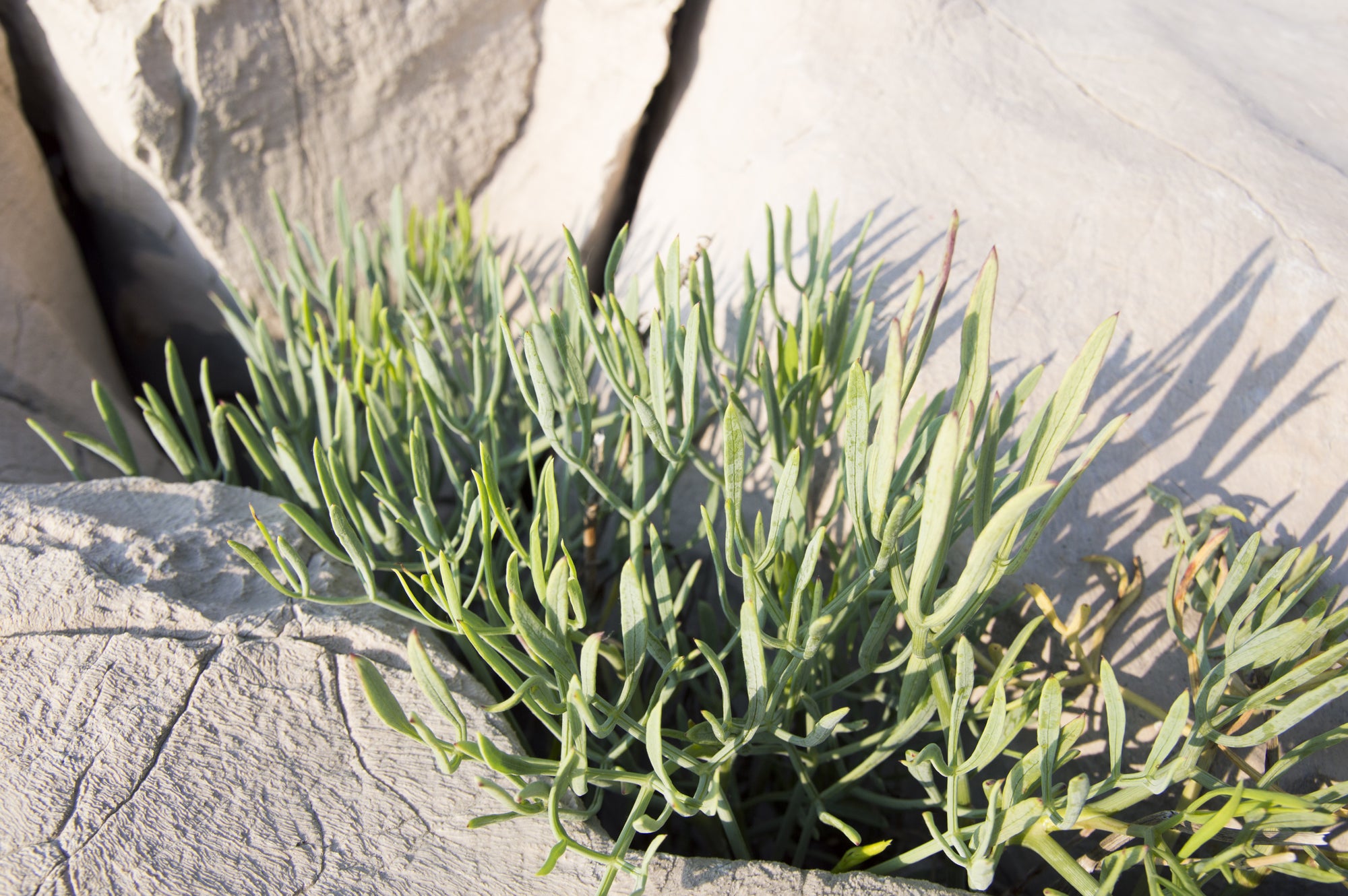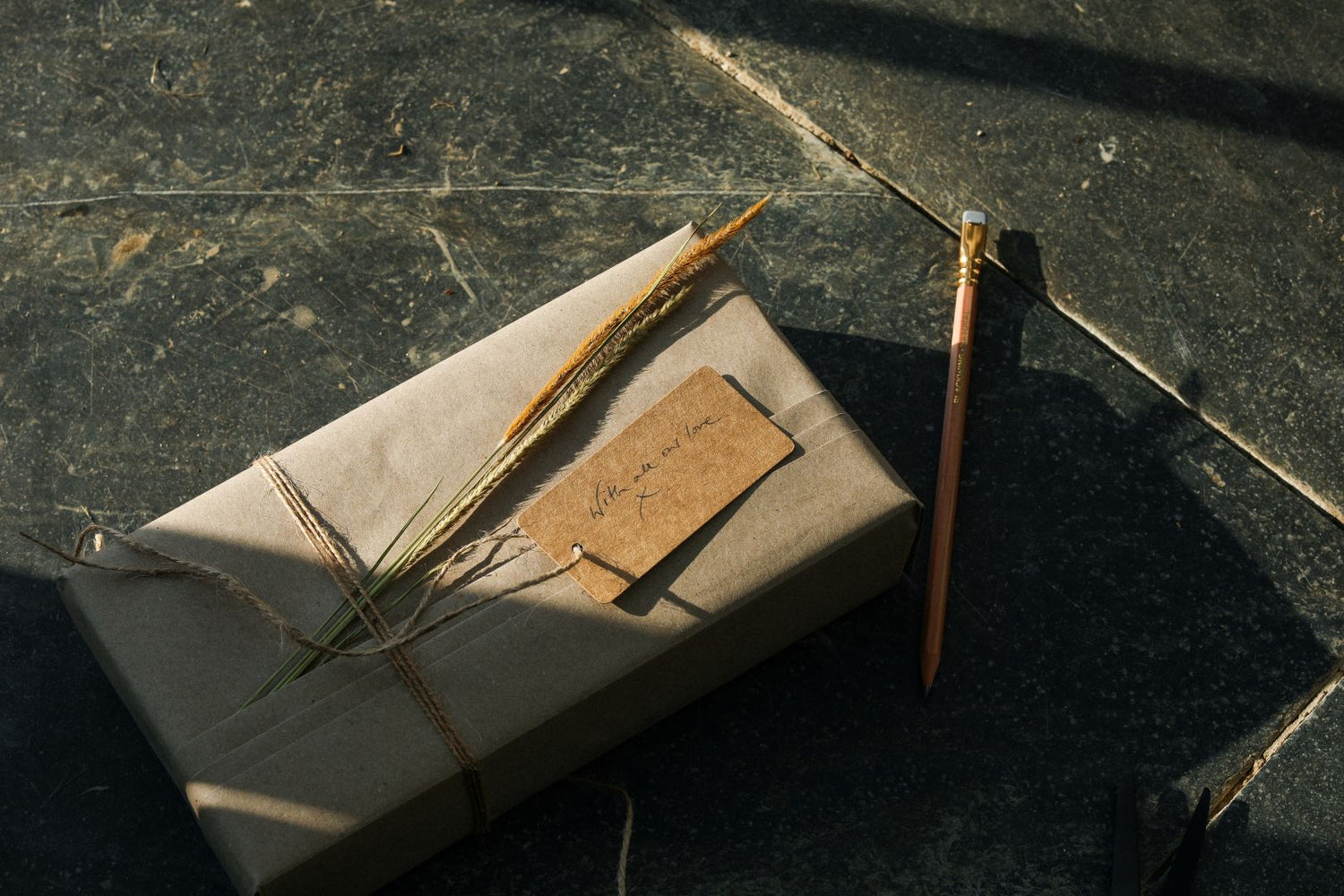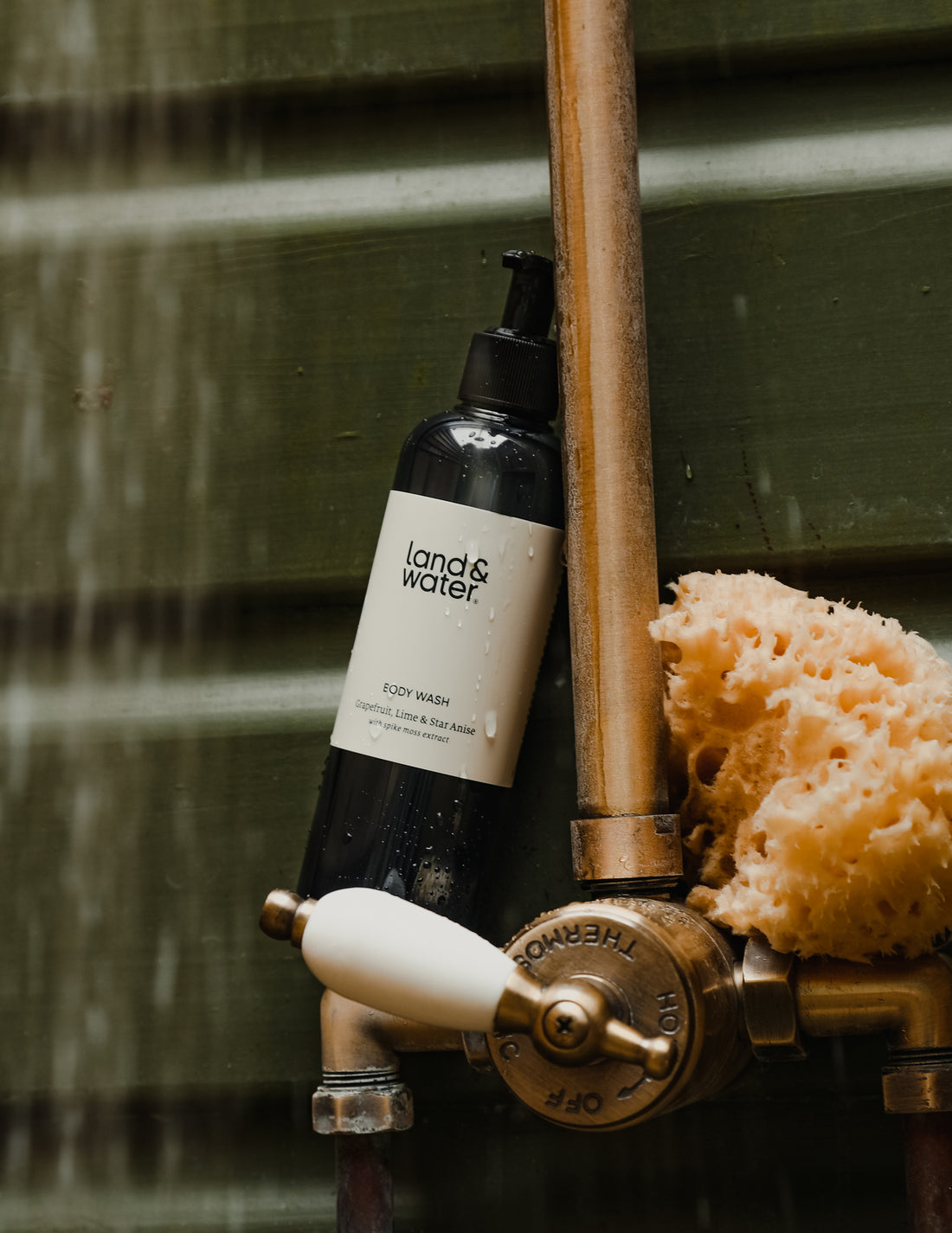At home on the fringes, in the salt-seasoned corners of the earth, Salicornia Herbacea crops up on beaches, rocky shorelines and marshlands.
Sometimes ‘glasswort’, sometimes ‘pickleweed’, we know it best as ‘samphire’; a hardy, succulent, salt-tolerant plant with incredible hydrating properties. Samphire extract (hydrasalinol) forms an important element of land&water’s botanical DNA. From traditional remedy to chefs’ foraged favourite, here are some of the things we’ve discovered in getting to know one of our key ingredients.
- Samphire is a halophyte – it has adapted to grow, thrive and stay hydrated in salty soil or waters. The taxonomical title, Salicornia, comes from the Latin sal (salt) and cornu (horn), named for the pointed ends of its salty branches.
- Like our skin, samphire is exposed to solar radiation, wind and other environmental aggressions. Recent research has shown its oily extract, hydrasalinol, works to stimulate AQP8 (a water channel protein) in the human epidermis – which acts against cutaneous dryness by transporting urea, playing an essential role in skin hydration.
- Samphire is also delicious. Wild foragers can look out for both Marsh Samphire (Salicornia Herbacea) and Rock Samphire (Crithmum Maritimum) over spring and summer. Also known as ‘salt fingers’ and ‘sea beans’, it can be eaten raw, cooked, or pickled. Succulent, crisp and with a hint of sea salt, samphire is often lightly boiled, tossed with butter and lemon, and served up with fish. It also makes a delicious salsa verde.
- Samphire is a natural diuretic and has been used to dissolve kidney stones. It has also traditionally been a herbal remedy for digestive problems and recent experiments suggest Salicornia Herbacea has anti-oxidant, anti-microbial and anti-inflammatory powers.
- Historically, samphire’s ashes, producing sodium carbonate and known as ‘soda ash’ were a crucial component in the production of glass and soap – giving land&water something in common with our medieval counterparts. Glassmakers in the 14th century would gather near the coast to be nearer the places it grew.
- So closely associated with the coast, the name ‘samphire’ comes from the French Saint Pierre. It was known as Saint Peter’s herb – Saint Peter is the patron saint of fishermen, who would harvest the plant to eat.
- “Half-way down hangs one that gathers samphire; dreadful trade!” Samphire has been immortalised by Shakespeare, in King Lear, referring to the harvesters of that time who would risk their lives to harvest rock samphire growing out of reach, on salt-sprayed and dangerous cliff faces.









